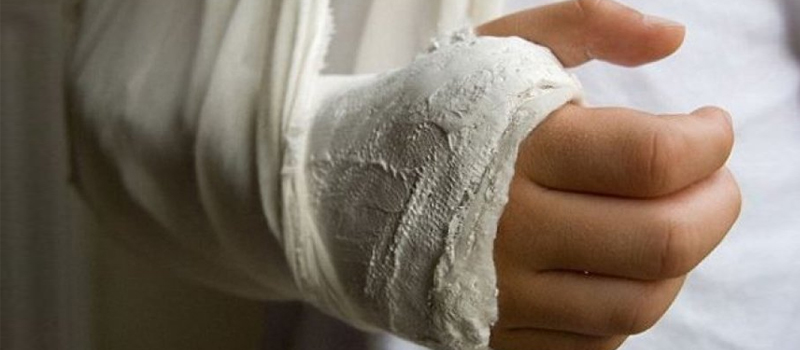Fracture is a medical term that simply means “broken bone.” This happens when a strong force is applied to your bones that far exceeds the stress your bones can withstand. Your bones have different shapes and sizes and each one is designed to give a framework for your body, allow movement, and support your internal organs.
Various studies have shown that fracture risk and prevalence are higher in women compared to men. In addition to this, postmenopausal women are at an even greater risk for fractures worsened by osteoporosis. These findings are being attributed to women’s lower bone mineral density (BMD) levels and the difference between women’s and men’s bone strength, bone size, and bone shape.
Common Types of Fracture
A fracture can generally be classified as an open or a closed fracture. You have an open fracture when the bone tears through the tissues surrounding it, resulting in an open wound. A closed fracture does not tear at the skin.
Fractures are also classified according to their shape:
- Incomplete fracture. In an incomplete fracture, only a portion of the bone is broken while some portion remains intact.
- Greenstick fracture. Commonly seen in children because of their softer bones, a greenstick fracture is characterized by a break in the side of the bone opposite the impacting force while the side that received the impact remains intact.
- Depressed fracture. This type of fracture is usually seen in flat bones, such as the skull and the facial bones, wherein the bone is depressed from the direction of the impacting force.
- Complete fracture. In a complete fracture, the bone separates completely into two or more parts.
- Transverse fracture. The break is perpendicular to the bone.
- Oblique fracture. The break is diagonal.
- Torsion fracture. The break is a result of a twisting motion, making spiral breaks in the bone.
- Comminuted fracture. The bone breaks into more than two parts that are interconnected.
- Multiple fractures. There are three or more breaks in the bone that are not connected with one another.
- Compression fracture. This fracture, which is common in patients with osteoporosis, happens when an impacting force caused your vertebrae to compress into themselves.
How Serious is a Fracture?
The mechanism that leads to the injury and the bone involved usually determine the severity of the fracture. Fractures of the fingers and toes do not generally pose a threat to life. On the other hand, a complete fracture of your femur (the long bone in your thigh) can make you lose 500-1500 ml of blood. This is enough to put you in a state of shock secondary to blood loss. A pelvic bone fracture can also lead to severe blood loss.
Aside from bleeding, there are other health problems related to fracture that can pose a major threat to life. For example, a fracture of your facial bones can compromise your airway, making it difficult for you to breathe. Your skull and ribs are bones that protect your internal organs. Damage to these bones can put you at risk of suffering from an internal organ damage.
To find out whether you have a case of a possible fracture, here are the signs and symptoms you need to look for:
- Obvious deformity
- Pain and swelling
- Bruising and stiffness
- Inability to move an extremity
- Decreased range of motion
- Shorter extremity (example: a shorter arm compared to the other arm)
First Aid for Fractures
Before the ambulance arrives, here are some basic first aid measures that you can do for the patient (or for yourself, if you can manage it):
- Do not move the affected body part.
- Control bleeding from open wounds.
- In case of an open fracture, stabilize the protruding bone to prevent it from moving and causing further damage.
- Immobilize the injured bone by putting a padded splint on the injured body part. Secure the splint with a bandage or a cloth (anything you can use for tying) above and below the injury.
- Never try to realign the bones.
How to Recover From a Fracture Faster
Aside from religiously taking your prescribed medications and having routine checkups with your doctor, here are additional tips for you to recover from a fracture faster:
- Make your home safe from falling and tripping hazards.
- Since your bones are primarily made of calcium, eat foods that are rich in calcium such as dairy products, broccoli, green leafy vegetables, and fish.
- Do not forget your Vitamin D intake. This vitamin helps your body absorb calcium better.
- Use equipment that can support your broken bones. Invest in the best boot for your broken foot to facilitate your recovery without compromising your comfort while allowing you to move better.
- Be as active as your body permits. When you are being physically active, the circulation in your recovering bone improves and helps with the healing process.

